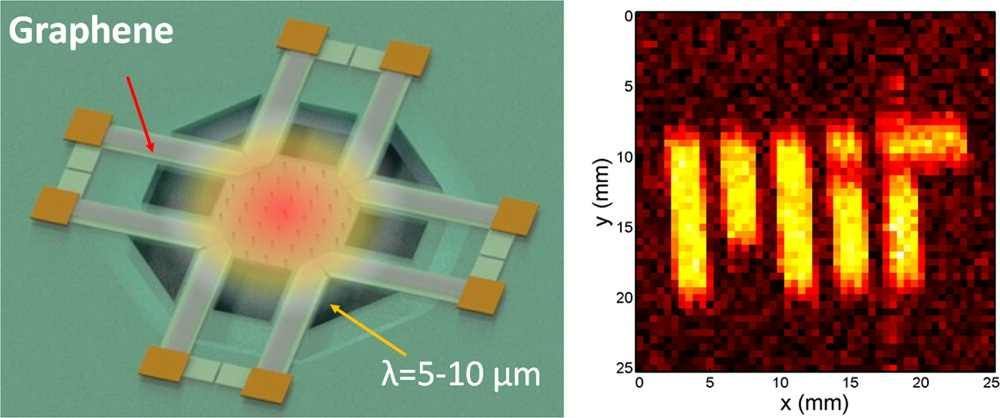Welcome to #24 Avatar Technology Digest! We provide you with the latest news on Technology, Medical Cybernetics and Artificial Intelligence the best way we can. Here are the top stories of the last week!
1) Did you know that Disney does more than shoot box office hits and sell toys to your kids? They also have a very active Research Department that specializes in a variety of applications that can be used throughout the Disney empire. And now another interesting innovation has come out of the Research Department, as they have developed a method for generating those 3D printable robots without the need for time and energy-consuming work at all.
2) Being able to identify problems with a person’s body without subjecting them to invasive procedures is the fantasy of all Star Trek doctors. There’s even a prize offering a fortune to anyone who can effectively recreate the tricorder technology out in the real world. Now, Stanford scientists think that they’ve developed a system that, in time, could be used to spot cancerous tumors from a foot away.
3) Technology is all around us, but what happened to the robots we dreamed of as kids? The ones who could be our friends and members of our family. The robots who were as smart as our smart phone, but could walk and talk and learn and engage with us, in a way no smart phone ever could. We think the Human-like household robot Alpha 2 by Ubtech Robotics could finally be that robot, and with your support, we can make Alpha 2 a reality.
4) Imagine playing a virtual-reality boxing game, complete with a menacing opponent aiming a haymaker at your head. You get your gloves up in time to block the punch, but you feel no impact when it hits, breaking the otherwise immersive experience.
Researchers in Germany have developed Visual reality technology for an armband that lets you feel impact from virtual interactions.
TV Anchor: Olesya Yermakova @olesyayermakova
Video: Vladimir Shlykov www.GetYourMedia.ru
Hair&Make-up: Nataliya Starovoytova
Read more









